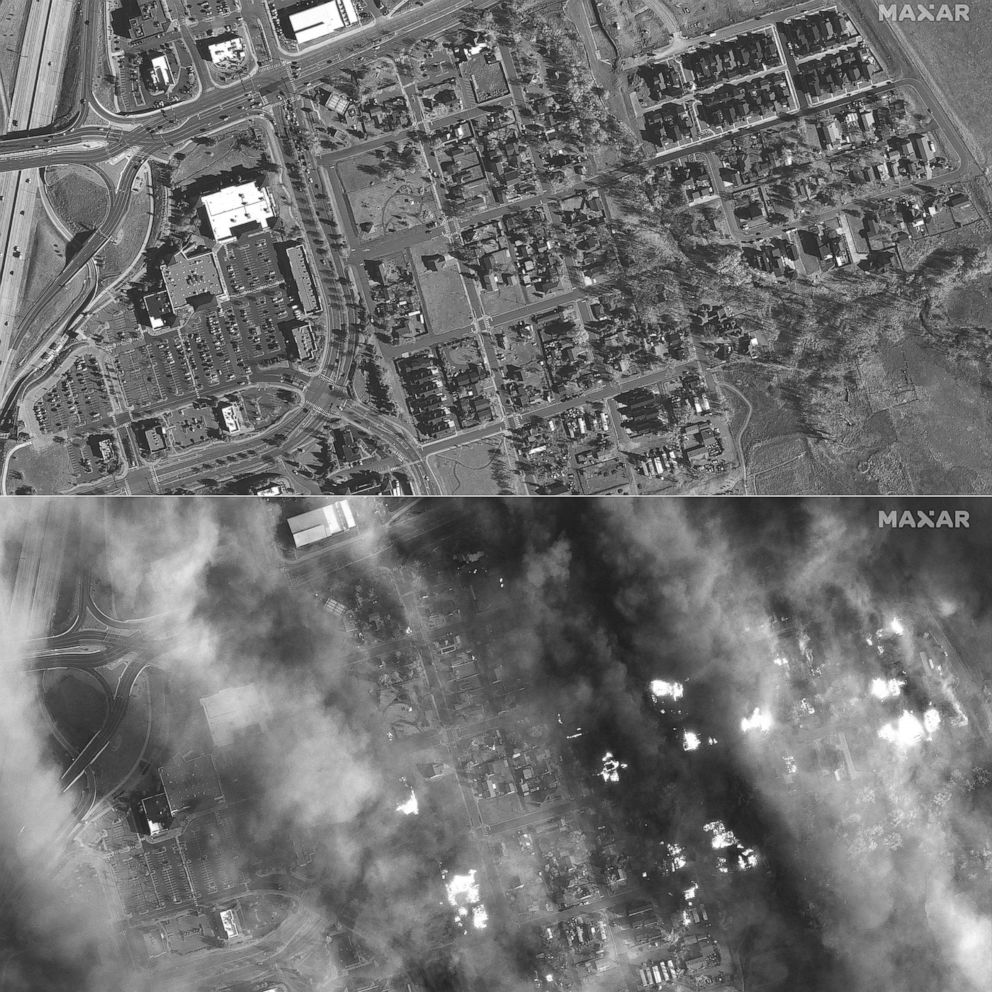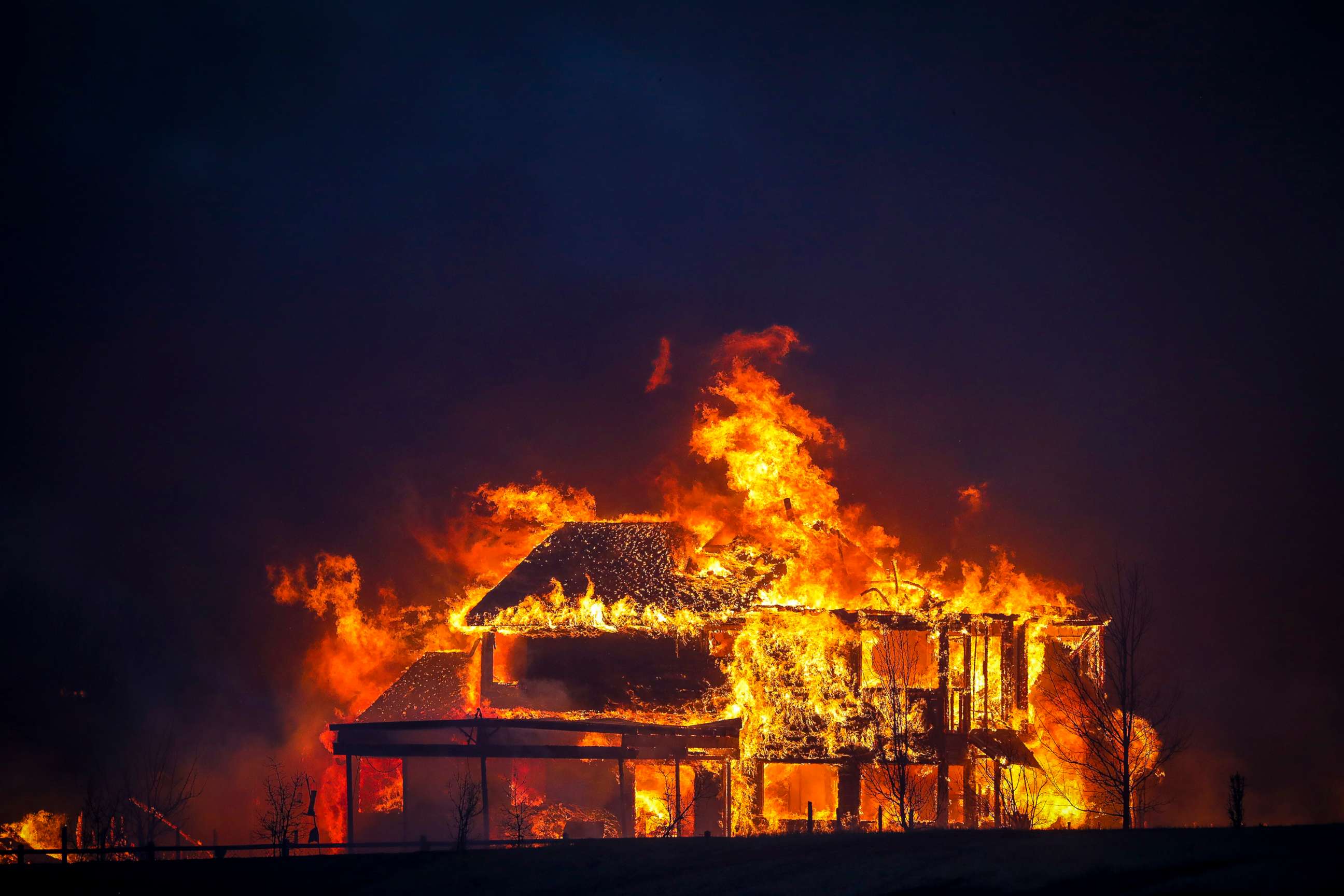How climate change played key role in disastrous Colorado wildfires
Hundreds of homes have been destroyed in Superior, Colorado.
The wildfires that tore through Boulder County, Colorado Thursday afternoon are an unfortunate example of how climate and weather can combine to disastrous effect.
As with many climate change-amplified disasters, the conditions that set the stage for the explosive and fast-moving fires had been developing and intensifying in the months prior.
It has been very dry and very warm across Colorado for several months with various temperature and precipitation records broken in both Boulder and Colorado as a whole. The period of July 1 to Dec. 15, 2021, was the warmest and driest on record for the city of Denver. The city is also on track to have one of their warmest Decembers on record.

Earlier in the month, Denver set a record for its longest stretch without snow, 232 days. When it finally snowed on Dec. 10, it was the latest measurable amount on record, and was two months later than the average first measurable snowfall. Through the end of December, Denver typically sees around 20 inches of snow. On the evening of the fires on Dec. 30, it had only seen 0.3 inches.
The drought monitor released just hours before the fires showed all of Colorado in drought, with over 22% of the state, including eastern Boulder County, in extreme drought.

While strong wind events are common in Colorado, a wind event with gusts over 100 mph, combined with very dry conditions became a recipe for disaster. Strong wind events in Colorado can also be extremely localized due to several microclimates caused by rapid elevation and terrain changes within the state.
Unfortunately, these conditions were the key player for the rapid and erratic spread of the Marshall fire in Boulder County, which has become the most destructive fire ever in Colorado based on the number of structures destroyed. This makes back-to-back years Colorado has seen its most destructive fire ever. Prior to Marshall fire, Colorado's most destructive fire was the East Troublesome Fire in 2020.
While it is challenging to link climate change to any single event, or a even a couple events over the years, as the parts of the western U.S. become drier and deal with more extreme temperatures, that events like erratic and rapid fire spread will likely become more common.
ABC's Jeffrey Cook contributed to this report.




